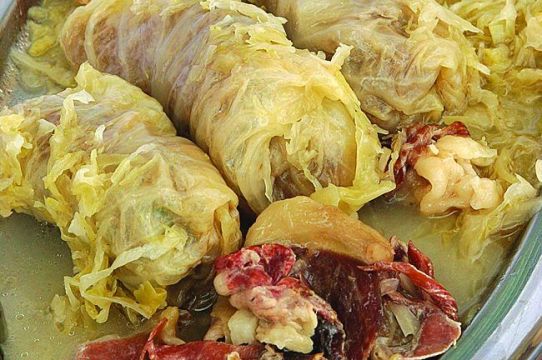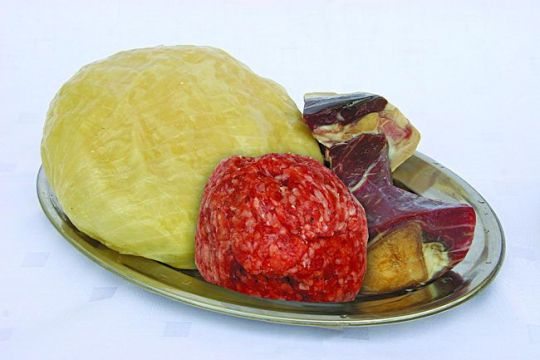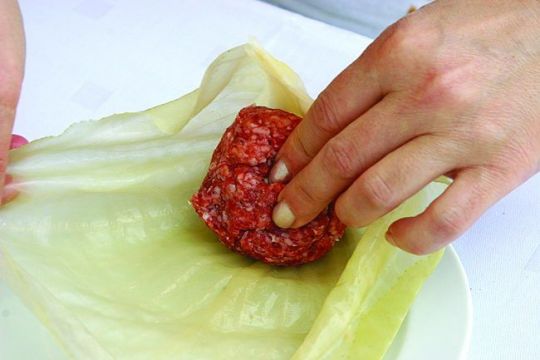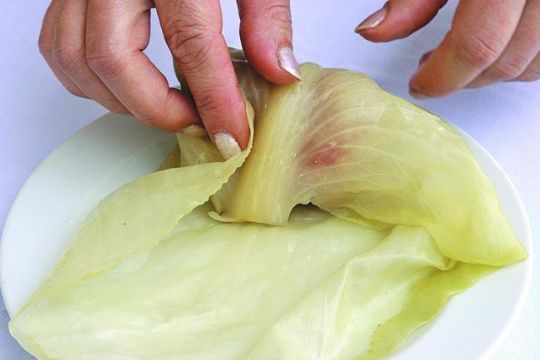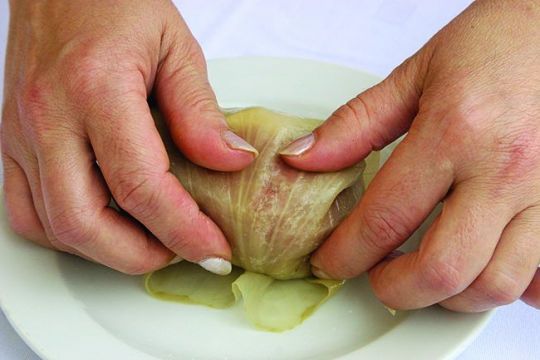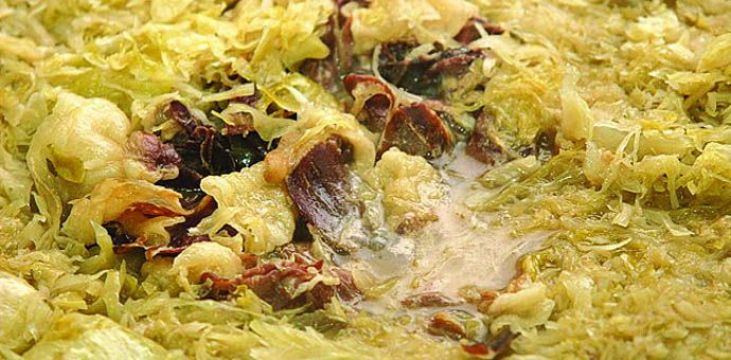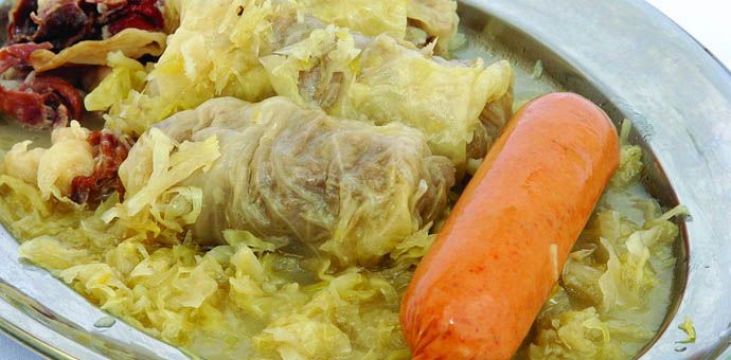Ingredients:
- 500g coarsely minced meat
- 100-150g of bacon
- half an onion
- 2 cloves garlic
- half a bundle of parsley
- salt
- Vegeta
- pepper
- nutmeg
- one spoon of ground red pepper
- lemon zest
- 100ml water
- teaspoon of semolina
- a spoon of tomato sauce
- one whole sauerkraut
- 500g cut sauerkraut.
Here is another recipe from Medo's kitchen. I know, I know, you can't be bothered to cook or eat anything after the feast of the Nativity of the Blessed Virgin Mary (8 September), but we had to prepare something. As the inhabitants of Solin have the custom of preparing a meal with sauerkraut for this religious holiday, we have decided to show you how to make arambaši, or kapulari - as the dish is also called in this region. For those who don't know, these are small sarma-type rolls made without rice but instead with coarser minced meat. Mrs Tatjana wanted to leave everything in the hands of her daughter-in-law Nata, who is famous for this dish, but she was busy with her fifth-grade son Borna, so she was constantly running out of time. She did, however, provide some advice which we will tell you about later.
Combine and mix all of the above-mentioned ingredients well, apart from the cabbage - both the leaves and cut sauerkraut will be used later in the dish. When buying the meat, it is best, according to Tatjana, to combine one-quarter pork and three-quarters beef. First, rinse the cabbage leaves with warm water, cut the thick root from the cabbage leaves in a triangle shape and then place some filling in the middle and roll it up. The number of arambaši will, of course, depend on the size of the leaves and the amount of filling you place in each roll. When you are done with that, put some of the sliced sauerkraut on the bottom of the pot, along with a beef bone and some beef, and then lay the arambaši on top of it. If you prefer, you can add some smoked meat or sausages or just finely chopped sauerkraut leaves, if there are any left. Pour enough water to cover the contents, but not too much, and leave it to boil.
When it boils, leave it to simmer for approximately one to one and a half hours, depending on the quantity of arambaši. Serve with boiled or mashed potatoes.
At Medo's kitchen we generally eat arambaši as soon as they are cooked, so it is sometimes necessary to cook another pot because they are so good that nobody can stop eating them! Even then, they are all eaten up almost before they are done! As a rule, one leaf is enough to roll two arambaši - so that they are small and sweet. Now, what about that advice from Nata? She says that she does not use semolina for the filling and she uses a little less tomato sauce, but generally uses the same recipe.
Source: „What Will I Cook Today?" – Notes from Medo's Kitchen
Text: Mia Sesartić, Recipes: Zoran Kljaković Gašpić – Medo






